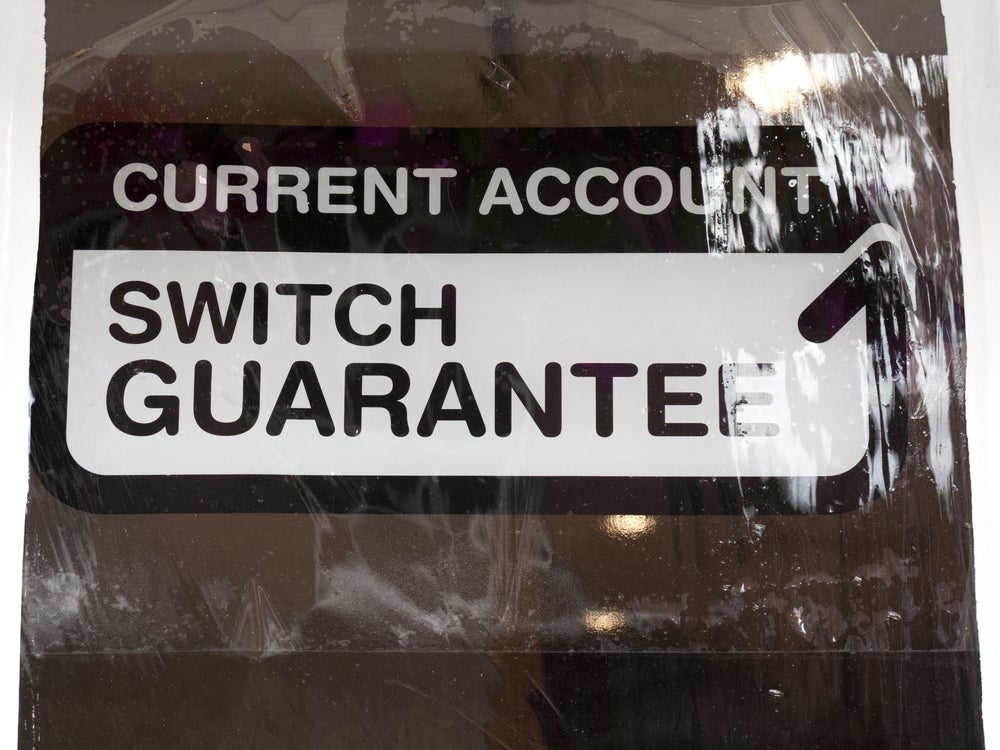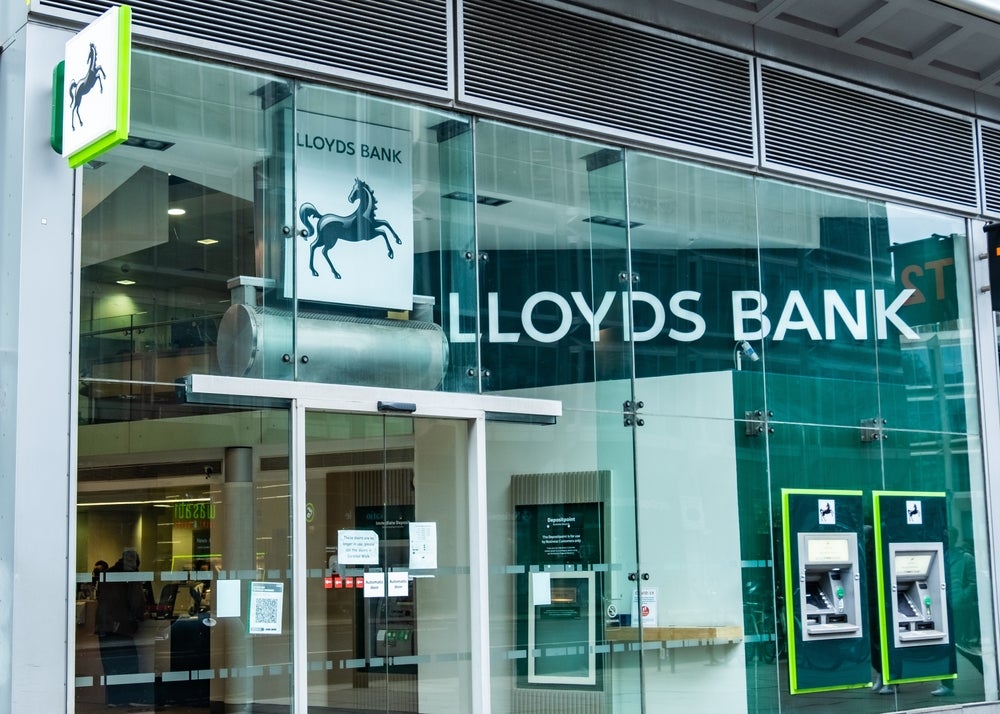Just how many retail banks do we need in the UK? I would suggest that a period of consolidation is rather overdue.
And if I was being unkind, I might add that one or two of the newer loss-making neobanks ought to give it up now and do a Fidor-and exit the UK market.
With greater regulatory activity, some would say, increased regulatory interference, it is certainly not going to get any easier for providers to make money out of current accounts.
Almost seven years ago the writer contributed a quick comment piece for one of our sister publications, The New Statesman entitled ‘just how many banks do we need’.
To be precise, the article ran on 10 June 2013 and the other day I re-read the article for the first time since its publication.
Even with the benefit of hindsight, I am not sure I would amend much of the comment piece.
How well do you really know your competitors?
Access the most comprehensive Company Profiles on the market, powered by GlobalData. Save hours of research. Gain competitive edge.

Thank you!
Your download email will arrive shortly
Not ready to buy yet? Download a free sample
We are confident about the unique quality of our Company Profiles. However, we want you to make the most beneficial decision for your business, so we offer a free sample that you can download by submitting the below form
By GlobalDataSubhead: Tesco: initial current account struggles
In summary, it noted that the UK government position was that there was insufficient competition in the market. The government view was that making it easier for new banks to launch will somehow improve standards as a result of an increase in competition. I argued that new some of the new players were struggling to make any impact and gave as an example, Tesco.
Even Tesco found the launch of a current account product in the UK a major challenge. And this from a banking unit with deep pockets and led then by Benny Higgins, arguably one of the leading retail bankers of his generation. I suggested that a Tesco current account might make little impact-and so it proved. Instead, I suggested that what the country needed was more responsible banks….an increase in innovation and more transparent pricing.
Subhead:UK: over 40 current account providers
Fast forward almost seven years and where are we? In the UK in 2013 there were 17 separate providers of current accounts. Today, over 40 UK bank and building societies are signed up to the UK current account switch service.
In brief, there has never been a wider choice of current account providers.
Nor is there any dispute that bacs, administrators of seven day switching, do an outstanding job. The service is simply world class with 99.6% of switches completed in the seven working day timescale in the last quarter of 2019. Moreover, the service is well promoted.
In September 2019, the Current Account Switch Service launched two awareness-raising campaigns. The first targeting the financially vulnerable people and the second targeting young people aged 18-24. The campaigns reached 95.1% of those classed as financially vulnerable and 94.7% of those aged 18-24. During Q4 2019, 92% of those that had used the Current Account Switch Service in the last three years said they were satisfied with the overall process.
This helped to provide a much needed boost to overall UK switching rates in 2019. Total UK current account switching in 2019 rose by 7.9% year-over-year.
The rise reverses four successive years of a fall in seven day switching of current accounts.
In 2019 there were 1,002,029 switches compared to the previous 12 months when 929,070 switches took place.
Moreover, 2019 represents the first year since 2016 (1,010,423) of more than one million switches.
Since the seven day switching service launched in 2013 there have been a total of 6.3 million switches. Seven day current account switching peaked at 1,156,838 in 2014.
UK switching rates a mere 2%
But current account switching rates remain less than they were in 2012 before 7 day service launched. In 2012, a total of 1.12 million switches took place.
And with around 46 million adults holding a current account, it means that UK switch rates remain modest at 2%.
This compares poorly to energy and mobile telco switch rates in double digits.
In conclusion, despite more providers than ever before and a well publicised and efficient switch service, a mere 2% of UK adults switch in any year.
But what of newish kids on the block such as Monzo and Starling? Rarely a week goes by without news of soaring customer numbers.
They deservedly attract plaudits and hugely favourable press coverage for offering mobile-centric, easy to use, consumer friendly apps combined with transparent pricing. Already, Monzo and Starling’s customer numbers are way in excess of 2 million and one million respectively.
Check out how many primary account switches they are attracting and the numbers are less headline grabbing. In the fourth quarter of 2019, Monzo and Starling gained 21,000 and 7,000 respectively. At that rate, it is going to take a little time yet before they truly disrupt the market share league tables. As for Tesco: for the record it suffered an outflow of 4,500 switchers in the most recent quarter for which figures are available: Q3 2019. That was at least an improvement on 6,500 net losses in the prior quarter.






